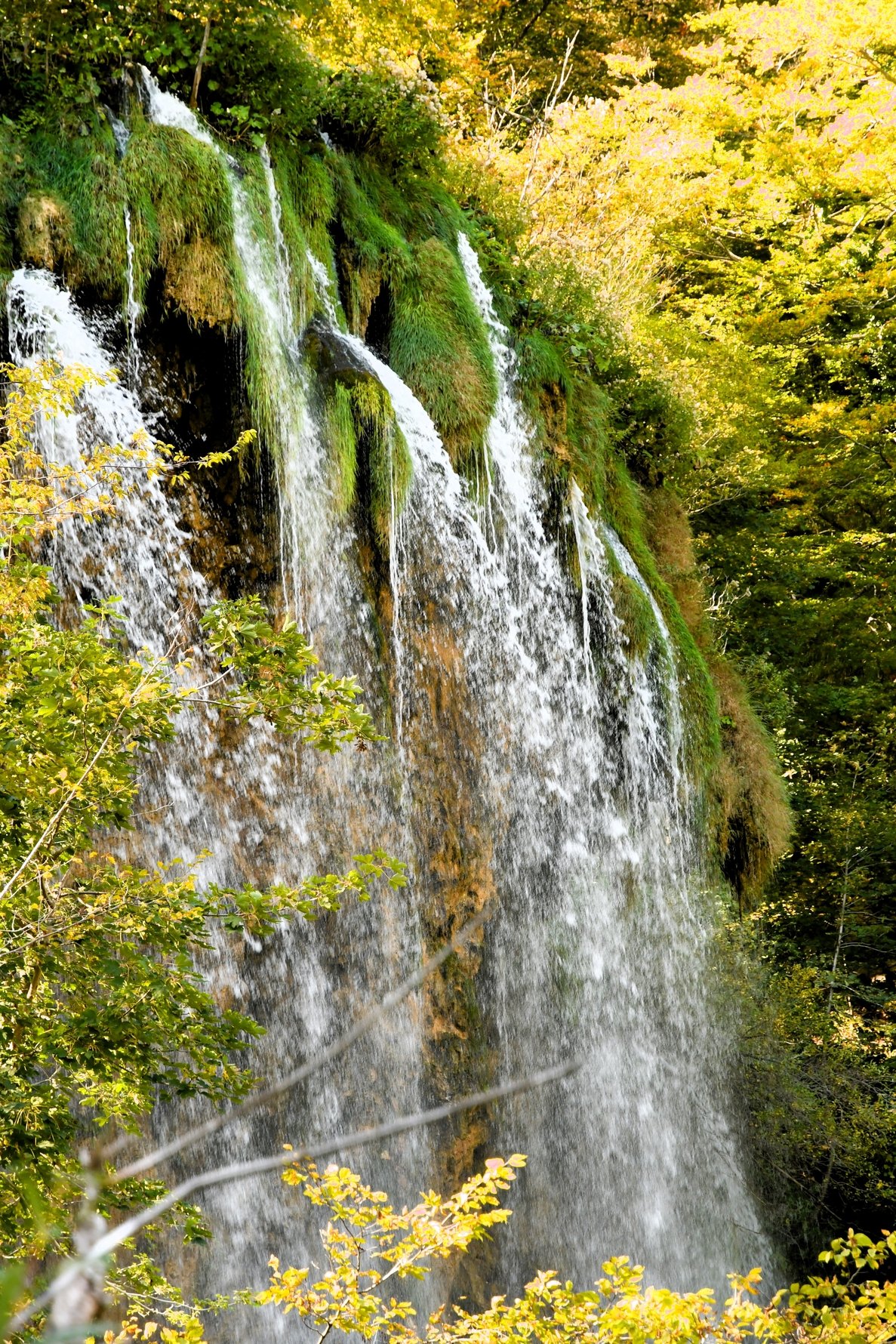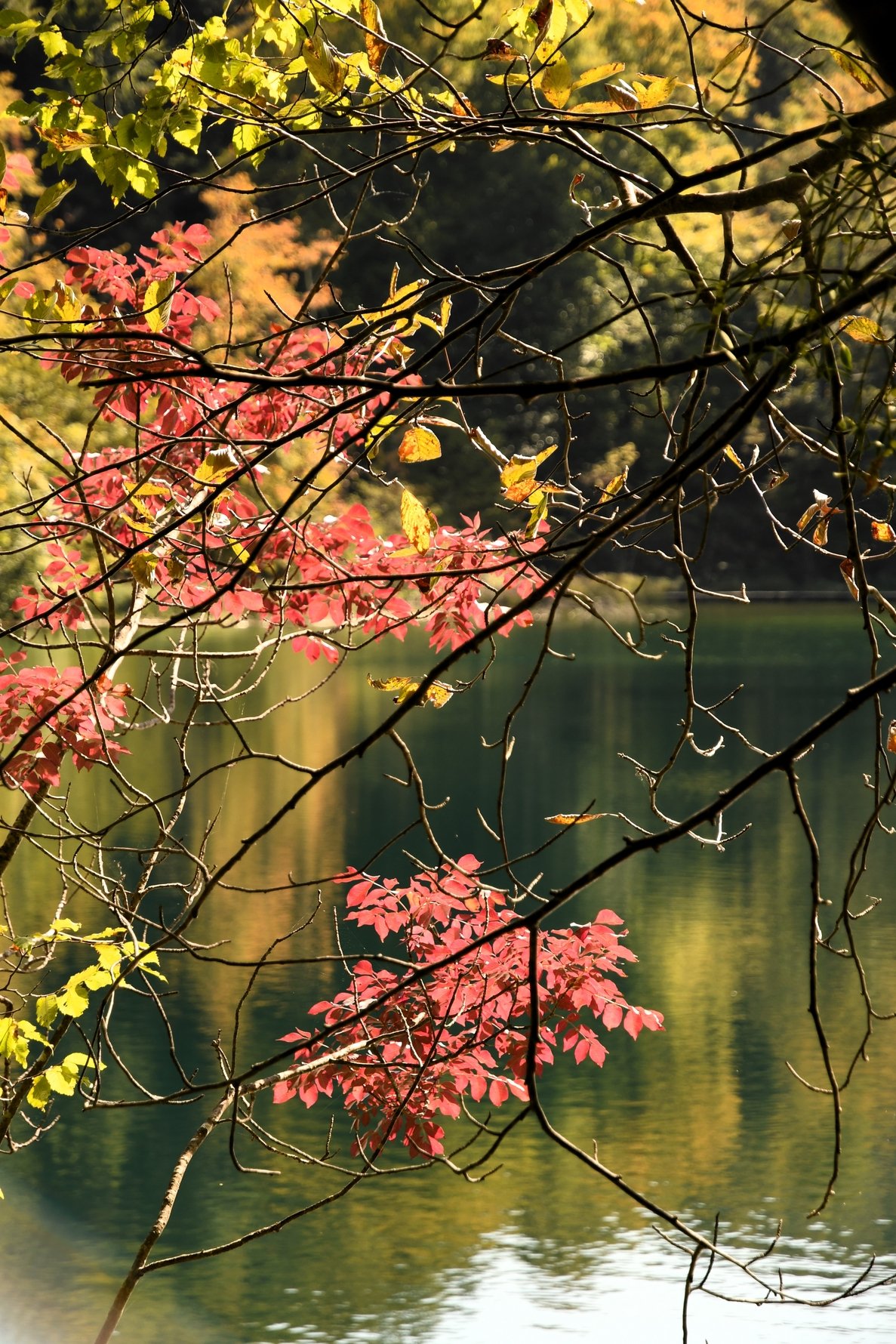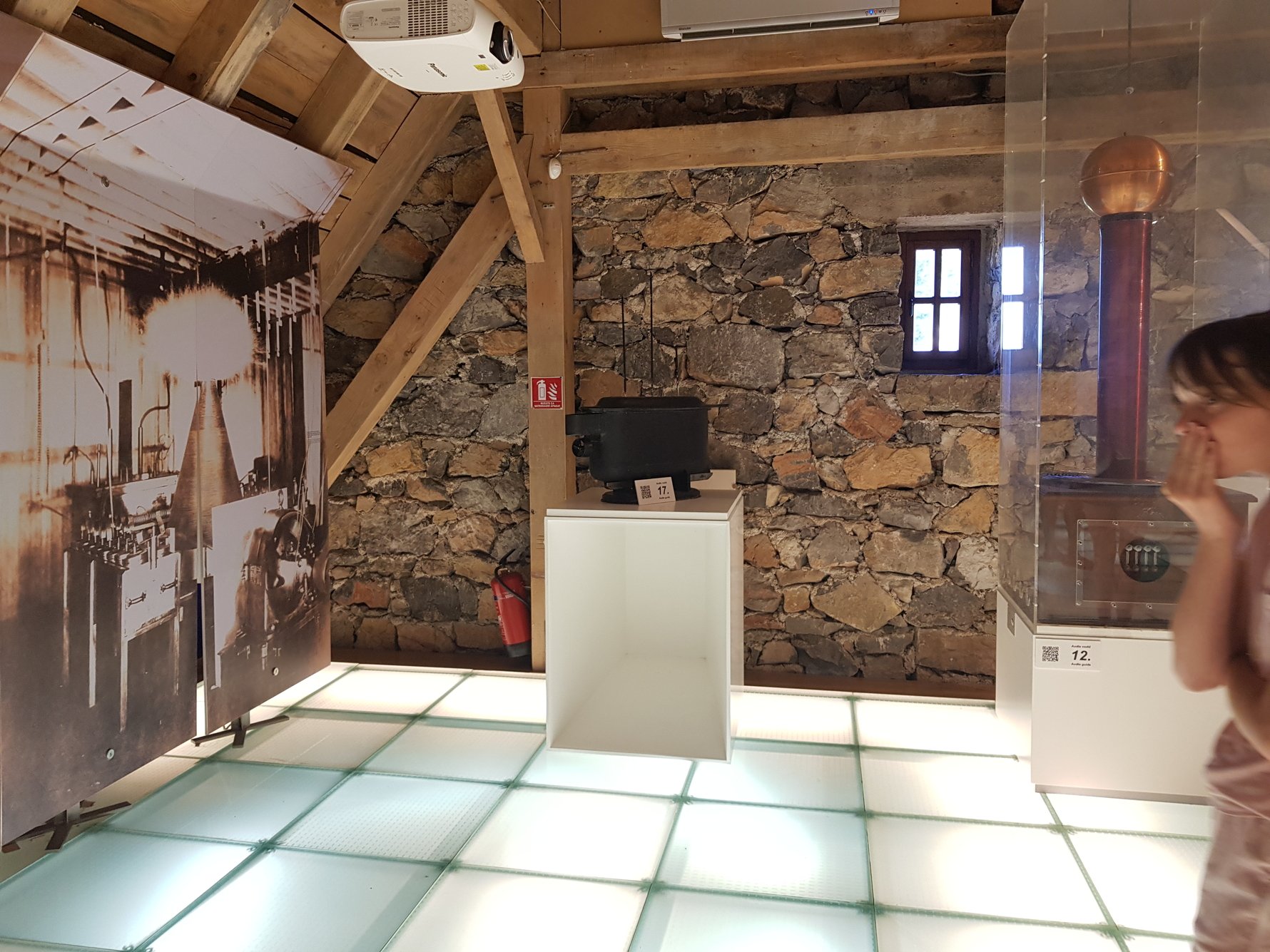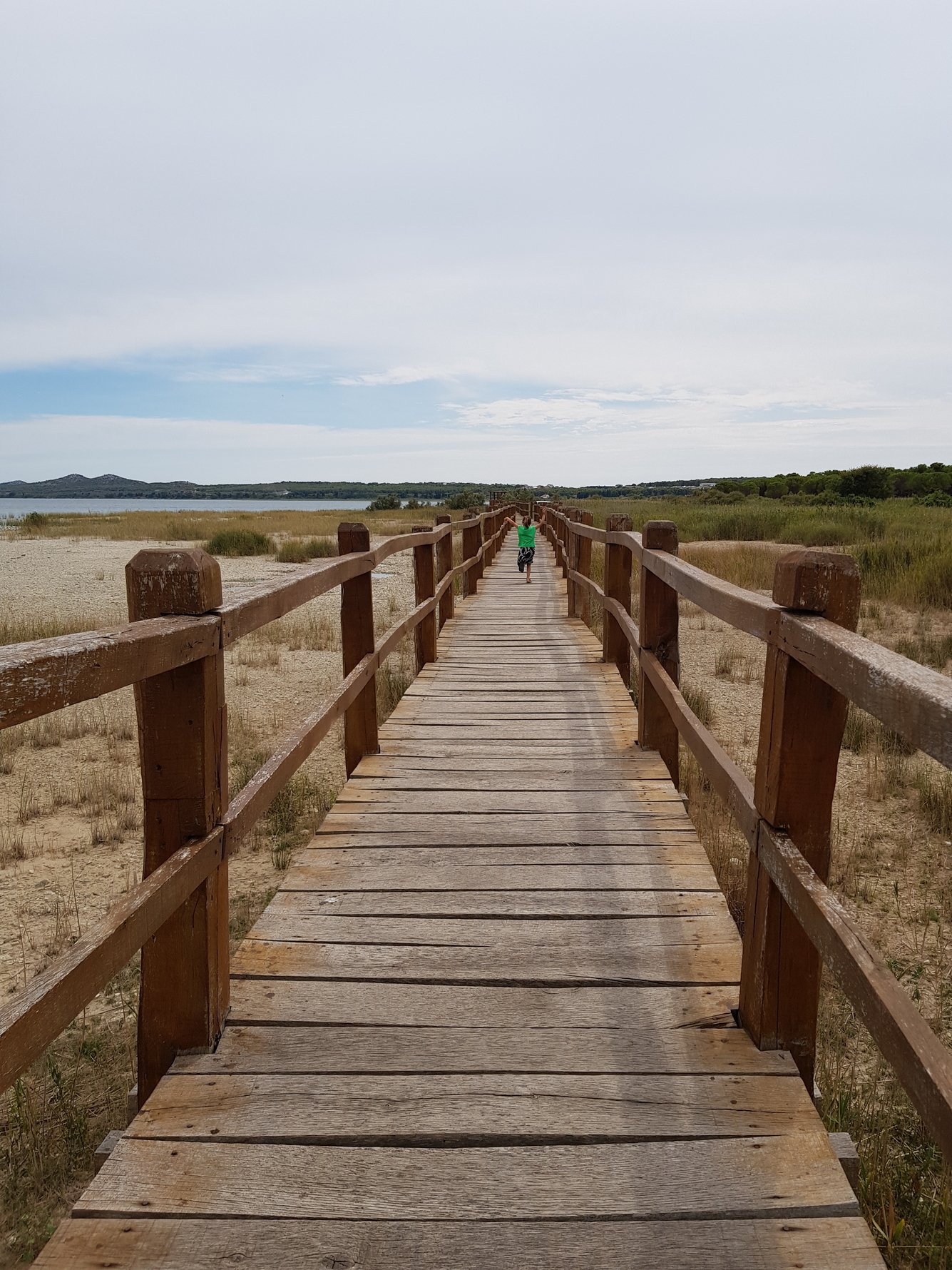Autumn is a brilliant time to hit the road, with warm temperatures and plenty of light cuddling up to quieter streets and a juxtaposing sense of calm and excitement that sums up Croatia well. We’ve compiled a collection of some brilliant things to do in Croatia this autumn, featuring famous spots and lesser-visited charmers.
Bjelovar
Bjelovar, founded in the 18th century by decree of Empress Maria Theresa, has been more recently declared the prettiest town in inland Croatia. It basks on the southern slopes of the Bilogora mountain: you can enjoy a bird’s eye view from the hiking lodge at Kamenitovac. Bjelovar’s surroundings offer a peaceful escape, comfort food and great local cheeses. At nearby Daruvarske Toplice you can choose mineral mud baths, massage and medical treatments, while kids will love the Aqua Balissae water park. Wine lovers can explore the wine routes of the Bilogora mountains and the rolling Daruvar countryside.
Čakovec
This most northerly region of Croatia has much to offer. Its capital, Čakovec, once the seat of the Zrinski counts, today is a town of parks and flowers, a riot of peonies in May. Don’t miss Čakovec Castle and the Međimurje Museum housed in the Zrinski Palace. Out of town, seek out the watermill and educational trail on the Mura river just outside Žabnik. The Međimurje region is known for excellent wine, and there are ample wine routes to explore. Look out especially for pušipel, a noted wine only made in Međimurje. There’s also a route showcasing traditional crafts. After your exploring, take a break at the Spa and Sport Resort at Sveti Martin na Muri. And of the local delicacies, do try meso z tiblice (a delicious meat preserve), turoš cheese with paprika, and međimurska gibanica, an indulgent treat made from apples, poppy seeds, walnuts and cream cheese.
Koprivinca
To experience the rural and gastronomic delights of the Podravina region, head by car from Ludbreg towards Pitomača, or take the bike route that starts at Legrad. Koprivnica is along your way. Many agree that the town square, flanked by lemon Hapsburg-era buildings, is one of the most impressive in inland Croatia. Here you’ll find the Kraluš pub with hearty local food on the menu. Try prga, cheese made with paprika, or the savoury cakes bregovska pita and zlevanka. Also visit the village of Hlebine, the heartland of naïve art in Croatia; the Inkeny chateau in Rasinja; the pretty town of Đurđevac with its desert botanical reserve, and Križevci with 8 belltowers forming a cross and the world’s only all-female historic military guard.
Virovitica
Virovitica lies on the plains between the River Drava and the Bilogora hills, close to the border with Hungary. The region’s landscape is a mix of forested hills and lowlands, and its culture a blend of traditions from the Podravina region and Slavonia. In Virovitica town itself, be sure to visit the baroque and classicist Pejačević family palace: not only is it a lovely building in itself, but the surrounding park is a real treat, with wonderful old trees and a wealth of plant species. The surrounding countryside is rich in game, and the Slatina area in particular is a magnet for hunters. The River Drava, with its stock of carp, catfish, pike and pike-perch is excellent for fishing. This region is well-known for the quality of its honey, and the history of winemaking here goes back to the 19th century. Try a drop with your meal of freshly-caught fish or game!
Krk island
Walking enthusiasts can take part in an unforgettable walking tour in the autumn. A signposted trail takes you through rural landscapes and olive groves, historic villages and fields surrounded by ancient dry stone walls. You can call in at family smallholdings offering excellent home-cooking. Apart from all that, in Krk town there’s a market with hiking equipment and authentic local and organic delicacies for sale.
Risnjak National Park
Glowering above the city of Rijeka, in the densely forested Gorski Kotar region, are the primeval forests, mountain meadows and karst formed peaks of Risnjak National Park. This range of mountains, from which can be viewed the Julian Alps and the Adriatic is by far the wildest and most untouched in the country – mostly thanks to the somewhat inhospitable climate; it has an average temperature of 12.60 in July. The park is a haven for deer, bears, wildcats and lynx (ris) – from which the park takes its name. Wolves and wild boar also put in an occasional appearance.
The Information office for the park is in Crni Lug, a small village that perches at 724m above sea-level (no mean feat with the sea around 25km away) and 12km from Delnice – the main regional town. From the villages of Razloge or Kupari, small winding paths can be followed up to the source of the Kupa river. From the jagged karst the water wells up into a lake and then tumbles downwards through the ‘valley of the butterflies’.
Plitvice National Park
Of all the natural attractions in the hinterland of Senj, none are quite as compelling as the Plitvice Lakes (Plitvička jezera), the UNESCO-listed national park that lies just under 90km to the east.
The park comprises a sequence of turquoise lakes, with water from the higher lakes rushing down waterfalls and cataracts to feed the lakes lower down. This sequence of terraced falls was formed over several millennia by the accumulation of travertine, a mineral deposit that gets caught on the plants and mosses of the watercourse on its way downstream. Once the travertine builds up, a staircase of natural dams and waterfalls is the consequence. Dense forests of beech and spruce cover the hillsides either sides of the lakes, providing the ideal cover for wild boar, deer, badgers, bears, lynx and wolves.
Visitors can get close up to the lakes thanks to a well-maintained network of paths, including wooden boardwalks trails that run across rapids, below waterfalls and beside gurgling streams. You could easily spend a whole day wandering around the tourist-accessible part of the lake system, although there are also National Park-operated boats and road trains (both included in the price of your entrance ticket) which will whisk you from one part of the park to another.


Memorial Center Nikola Tesla
Situated in the village of Smiljan near Gospić, the centre was opened in 2006 to commemorate the 150th anniversary of the birth of Nikola Tesla, the epoch-making inventor whose work on electric current, x-rays, light bulbs, radio transmissions and remote-control devices helped shape the world we live in today. The centre contains an accessible and entertaining audio-visual display that allows visitors to get up close to Tesla’s unique gift for invention. The centre comprises several buildings, including the house in which Tesla was born, a multimedia centre, a Tesla-designed turbine and a recreation of the laboratory he built in Colorado Springs in 1899. With a children’s playground on site too, it’s a great place for a family day out.

Vrana Lake Nature Park
This lake, just south of Biograd, provided the water supply for Zadar since Roman times, and is a pristine Nature Park, with a rich stock of birds and aquatic life. As such, it's a mecca for fishing and birdwatching. The later is only allowed outside borders of the Ornithological reserve which takes up the northern part of the lake. The park is encircled by more than 50 km of bike trails and thus popular among the bicyclists. Biking routes get hilly on the eastern coast of the lake. The visit to the Park makes a nice break from the hubbub of the coast. By purchasing a ticket, visitors have access to the entire Vrana Lake Nature Park, ie the entrance to three info centers: Kamenjak, Prosika and Crkvine. The purchased ticket is valid for one day to visit all locations in the Park. Tickets can be purchased at all three info centers.

Primošten Vineyards
The best of Šibenik county’s velvety Babić wine comes from the vineyards ranged across the hills around Primošten, a geometric cluster of small rectangular plots owned by individual local families. With each of these rectangular parcels surrounded by a dry-stone wall, the vine-bearing hillside terraces look strikingly decorative when seen from a distance, and are somewhat appropriately described as the “stone lace of Primošten” in local tourist literature.
These terraces are the result of generations of back-breaking toil: the rocks that cover the local landscape had to be laboriously broken up in order to create cultivable patches of land. Primošten’s oldest vineyards probably date from the 16th century, although extra impetus to their development was provided by post-World-War-II land redistribution, when the area around the Kremik Gulf southwest of town was divided up and shared out among the locals. Over the course of ten years hillside terraces were built, fields were cleared and dividing walls were erected with geometrical precision, producing the unique vineyard landscape that can be seen today. Such is its beauty that the Croatian government is considering putting the Primošten Vineyards forward as a candidate for inclusion on the UNESCO’s World Heritage List.
Best way to admire the vineyards is to head for Kremik yachting marina, which lies at the bottom of several terraced slopes. Several foot- and bicycle paths allow visitors to explore the landscape at close quarters.
Krka National Park
Much of the landscape inland from Šibenik is shaped by the Krka, the 72.5km-long river that rises in the arid karst near Knin before flowing towards the Adriatic via a spectacular series of rugged canyons, azure lakes and tumbling waterfalls. The valley’s most dramatic stretches, between Skradin and 3.5km downstream of Knin, fall under the protection of the Krka National Park (Nacionalni park Krka), which is visited by an average of one million people a year.
About 90% of these visitors never get any further than Skradinski buk (the most dramatic of seven sets of rapids within the park), whose foaming waters are reproduced on the cover of many a tourist brochure. However there is much more to the Krka than Skradinski buk, especially in the upper (northern) reaches of the park, where visitor facilities and trekking routes are recently being developed. Fauna in the park includes roe deer, wild boar, and the more elusive wolves and badgers. The rocky sides of the valley play host to various communities of bats, who play an important role in eating mosquitoes and other irritating waterside insects. It’s also an area rich in historical resonances, with ruins of fortresses recalling the region’s erstwhile status as a disputed borderland between warring empires, and waterside monasteries providing evidence of a rich spiritual culture.
Island Brač - Via Brattia
Via Brattia, a 140 km-long hiking trail, encircles almost the entire island of Brač making it an exquisite tourist attraction.
The trail connects the 12 most attractive historical locations and some of the most picturesque places on the island, challenging the recreationists and mountaineers who can collect stamps at each of the 12 points. The trail passes through the center of Supetar, Mirac, Sutivan, Bobovišćanamoru, Ložišća, Milna, Murvica, Bol, Sumartin, Povlja, Pučišća, Postira, Škrip, and some of the island’s most beautiful beaches and bays (Zlatni rat, Farska, Murvica, Lovrečina, Smrka, etc.)
Since the trail is circular, it is marked both ways and you can start your hike from any of the above-mentioned settlements, simply by following the blue-white blazes. If you decide to do the whole trail, it would be wise to plan a sleepover at some of the small towns on the map, where you can stock up on water and food supply. There is a map of the trail that will come in handy for all who decide to take up the challenge. Find the route map in the tourist information centers of the island of Brač.
The Neretva Delta
As the coastal road approaches the Neretva Delta from the north there’s a tourist association-sponsored sign hovering above the Magistrala. “The Valley of Life”, it says. Looking down on the valley, with its lush green strips of cultivated land, it’s easy to see why. Formerly an extensive reedy swamp, it has largely been transformed into Croatia’s principal region for the cultivation of citrus fruits. The delta remains primarily a wetland environment; the orchard areas are criss-crossed by irrigation channels, while densely-reeded areas of marshland encroach on the scene from the sides.
Mills on the river Ljuta
The protected landscape surrounding the Ljuta is home to a watermill and stamp system, which consists of eight flour mills, two oil mills, and three stamp mills. Part of this system, called the ‘lower mills’, was built after 1550, when Konavle came to be under the control of the Republic of Dubrovnik. The lower mills have been preserved until today. The mills were built on a canal network, while some of them were driven by three aqueducts. Most of the mills were on the western bank of the river, apart from the Đivanović stamp mill which was on the eastern bank. The mill system was extremely important for the economy of Konavle and the Dubrovnik Republic as a whole.





Comments